Andy Comfort finds out about a way to increase platform capacity without renumbering the whole station - and locates a few examples.
“A zero itself is nothing, but without a zero you cannot count anything. Therefore, a zero is something, yet zero.”
Andy Comfort finds out about a way to increase platform capacity without renumbering the whole station - and locates a few examples.
“A zero itself is nothing, but without a zero you cannot count anything. Therefore, a zero is something, yet zero.”
These words of wisdom from the Dalai Lama might not have been in the minds of planners and engineers when designing new railway station platforms, but for several main line stations, zero is indeed something.
Eight stations in the UK now operate a Platform 0 - from Cardiff to King’s Cross, Doncaster and Haymarket.
For passengers unfamiliar with these locations, this might seem strange, if not downright confusing. An extra platform creates greater capacity and means stations can handle more trains. But having provided this extra capacity, why not just renumber the existing platforms and call the new platform ‘Platform 1’?
Network Rail says the answer is quite simple: renaming a Platform 0 to Platform 1 can cost a lot of money.
All the technical drawings and signalling aspects would have to be changed, as would the panels at the signalling centre. You would then have to add the physical cost of changing all the platform signage and station diagrams for emergency procedures.
Neil Osbourne, a project operations interface specialist, explains: “Let’s use Manchester Piccadilly as an extreme example. There are nine signals in all, which read into the platforms today. If we were to install a new platform and call it Platform 0, we would have to add a new zero indication to four of the signals. All the other existing route indications would remain the same.
“To step up all of the platform numbers by one to accommodate the new platform would mean that all the indications from all nine signals would need to be altered - in excess of 50 route indications.
“The change would also lead to the need to rename or relabel other pieces of equipment on the station, and the associated update to the records of the equipment.”
Network Rail would also have to factor in costs further down the line, such as changing a significant amount of data in the company’s work management tool for inspection and maintenance.
The UK’s northernmost Platform 0 is a little-used bay terminus platform situated on the north side of Haymarket station, in the west end of Edinburgh. It came into service in December 2006, at the same time as platform changes at nearby Edinburgh Waverley station.
The main station in the Scottish capital gained four new platforms, and most platforms were renumbered. But Haymarket’s new platform was called 0 to save wholesale renumbering there.
The new Platform 0 is only used for the small number of train services which are timetabled to depart from (and terminate at) the station instead of Waverley.
These tend to be empty stock trains running to and from Haymarket depot, which is located just to the west of the station, although the platform is also useful for turning trains around if they are unable to run through the tunnels to Waverley during periods of disruption or engineering work.
The capital cities of England, Scotland and Wales can all boast Platform 0s.
At Cardiff Central the platform, opened in 1999 and located at the north end of the station, is used by regular passenger service trains, as well as empty stock movements in and out of Canton sidings.
The first scheduled weekday service to use the platform is an 0621 arrival from Bristol Temple Meads. An extension to the platform to allow longer trains is planned as part of general improvements at Cardiff Central station.
However, Platform 0 is not Cardiff’s newest addition. That honour goes to Platform 8, which was added at the southern side of the station in 2016.
The new platform is located above the modern south-side entrance building, and formed part of the £300 million signalling renewals project to modernise the Cardiff and Valleys network.
The bi-directional Platform 8 allows two trains to depart westbound at the same time, from Platforms 7 and 8.
On the East Coast Main Line (ECML), Doncaster’s Platform 0 was an early Christmas present for passengers catching trains towards Hull and Scunthorpe.
Opened in time for the December 2016 timetable change, the bay platform was part of the Railway Upgrade Plan to reduce congestion around what is a key junction on the ECML for both passenger and freight services, as well as allowing both long-distance and local train services more flexibility.
The north-facing platform is used almost exclusively by Northern’s hourly services to Hull via Goole and the two-hourly Scunthorpe stoppers.
Before the new platform was opened, these trains would often use the through Platform 1, but had to be pathed between LNER, Grand Central and Hull Trains’ southbound services to London King’s Cross.
With limited dwell times for terminating services from Hull or Scunthorpe, this would often mean the arriving Northern train would have to shunt into a siding just to the south of the station, to wait for a southbound express to use Platform 1 before being able to use the platform again. This meant that even a slight delay to a southbound fast train could have a knock-on effect to the Northern services.
Platform 0 has resolved that issue and allows Northern’s trains to run independently of traffic on the main line - although its location to the north of the station itself did draw some comments from passengers, and it gained the unofficial label of ‘Doncaster North’.
The platform is linked to one of the main island platforms by a footbridge and is fully accessible, with lifts at both ends of the walkway.
The Doncaster improvements formed part of a wider investment in the East Coast Main Line which saw £247 million spent on enhancements at locations including Werrington (near Peterborough), Huntingdon and King’s Cross.
Speaking at the opening of Doncaster’s Platform 0 in December 2016, Paul Barnfield, regional director at Northern, said: “The opening of Platform 0 will give much greater flexibility in terms of the services we provide, and having the dedicated platform will ensure our services dovetail more effectively with those of our colleagues.”
Over in West Yorkshire, Platform 0 at Leeds station was built as part of a £161m project to increase capacity. Work to build the new platform included changes to the track, signalling and overhead power lines, as well as additional work to untangle the tracks which served Platforms 1 to 6.
After more than two years of work, the new platform was finished in January 2021, following engineering possessions over the Christmas and New Year period.
The platform is situated at the western end of the station near the long stay car park, and was initially available for trains to use during times of disruption, with scheduled passenger trains not due to use it until 2022.
Matt Rice, Route Director for Network Rail’s North and East Route, said: “Over the last two years, we have invested heavily into Leeds railway station to create a transport hub which the city can be proud of, and which offers a warm welcome to visitors.
“The completion of the platform is a huge part of this work and will make journeys more punctual and reliable for all those travelling to, from or through Leeds.
“The platform will help to make things easier during times of disruption, meaning fewer delays for passengers and getting them on the move again more quickly.”
Trains on the Airedale lines between Leeds, Ilkley and Skipton often depart Leeds from Platform 0, which is also served by Settle-Carlisle trains and those which run to York via Harrogate.
Very soon, it is possible that a Northern train from Leeds Platform 0 could arrive in a Platform 0 at Bradford.
The UK City of Culture for 2025 is seeing £24 million going towards a new platform at Forster Square station, being built between the station and adjacent retail park. Because it will sit next to Platform 1, it is expected that this new platform will become the country’s newest Platform 0, to avoid renumbering the whole station.
A southbound journey of around 170 miles takes us to our final Platform 0 - at London King’s Cross.
The ECML terminus is no stranger to quirky platform numbering, with its ever-popular Platform 9¾ Harry Potter attraction. The plaque on the wall of the main concourse always draws a crowd, but tucked away at the other side of the tracks is Platform 0, which opened in May 2010.
The addition of the new platform meant Network Rail could refurbish the station’s existing platforms, which were taken out of service on a rolling basis, without affecting services. Platform 0 was built on what was for many years a taxi rank at the eastern side of the station.
Philip Hammond, the Transport Secretary at the time of the opening, said: “This new platform is just one part of a project that will transform this station, benefiting the thousands of passengers who use it each day.
“King’s Cross is one of our key railway hubs, and it’s vital it works better, looks better, and leaves a good impression on the people who pass through it - including those anticipated during the 2012 Olympics.”
Fast forward to 2021, and King’s Cross Platform 0 was demolished and realigned to connect with a new six-track approach, and the number of platforms was reduced from 12 to 11.
However, it was hoped that lengthening the remaining platforms, reducing conflicts and increasing line speeds through the station throat would ensure that there was no loss in capacity.
The disused Gasworks Tunnel (a tunnel which had been used as a dumping ground when Platform 0 was first built) was brought back into use for the first time since 1977.
Quoted in RAIL 924 (February 2021), Network Rail’s Eastern Region Capital Delivery Director Rob Cairns said: “It was a cruel irony that much of the spoil we’ve removed from Gasworks Tunnel had been conveniently dumped there as easy storage when Platform 0 was constructed.”
Other stations with a Platform 0 include Stockport - a long, curved platform which made the regional news when it mysteriously closed without warning for nearly a month in 2017. Virgin Trains, which ran Stockport station then, blamed it on a signal failure.
Gravesend, Rainham and Redhill complete the UK Platform 0 roll call, but this country is not unique in having such platforms.
A glance at the somewhat complex map of Japan’s second biggest station, Kyoto, reveals the presence of a Platform 0 but no Platform 1.
And what appears to be the furthest away Platform 0 was opened in 1999 at Lidcombe station, in the suburbs of Sydney in Australia.
For a full version of this article with more images, Subscribe today and never miss an issue of RAIL. With a Print + Digital subscription, you’ll get each issue delivered to your door for FREE (UK only). Plus, enjoy an exclusive monthly e-newsletter from the Editor, rewards, discounts and prizes, AND full access to the latest and previous issues via the app.
Login to continue reading
Or register with RAIL to keep up-to-date with the latest news, insight and opinion.

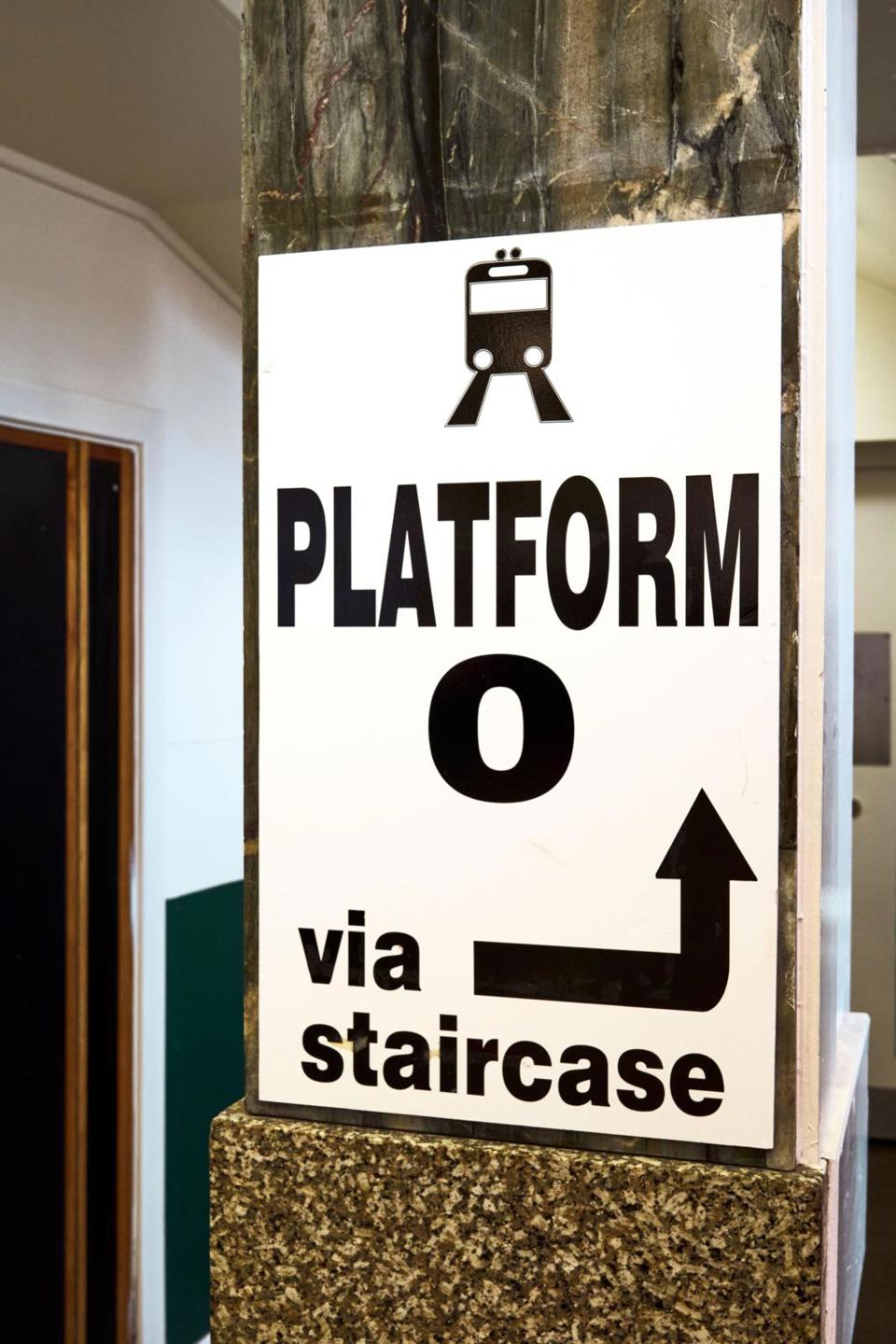

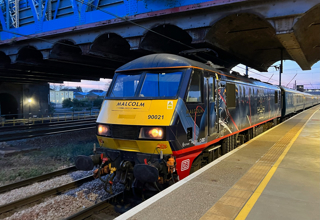
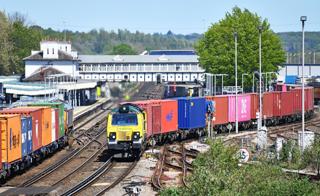
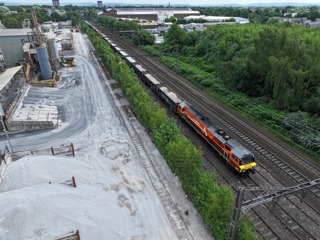
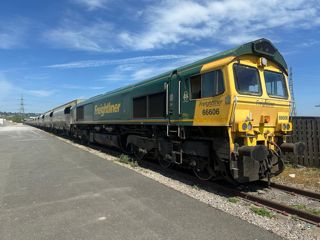











Railbo - 02/06/2025 15:14
Just an addition on the Haymarket platform zero...from my recollections it was added as part of the (ultimately cancelled) Edinburgh airport rail link. The platform was retained even after the larger project was scrapped when the first SNP adminstration took control at Holyrood.